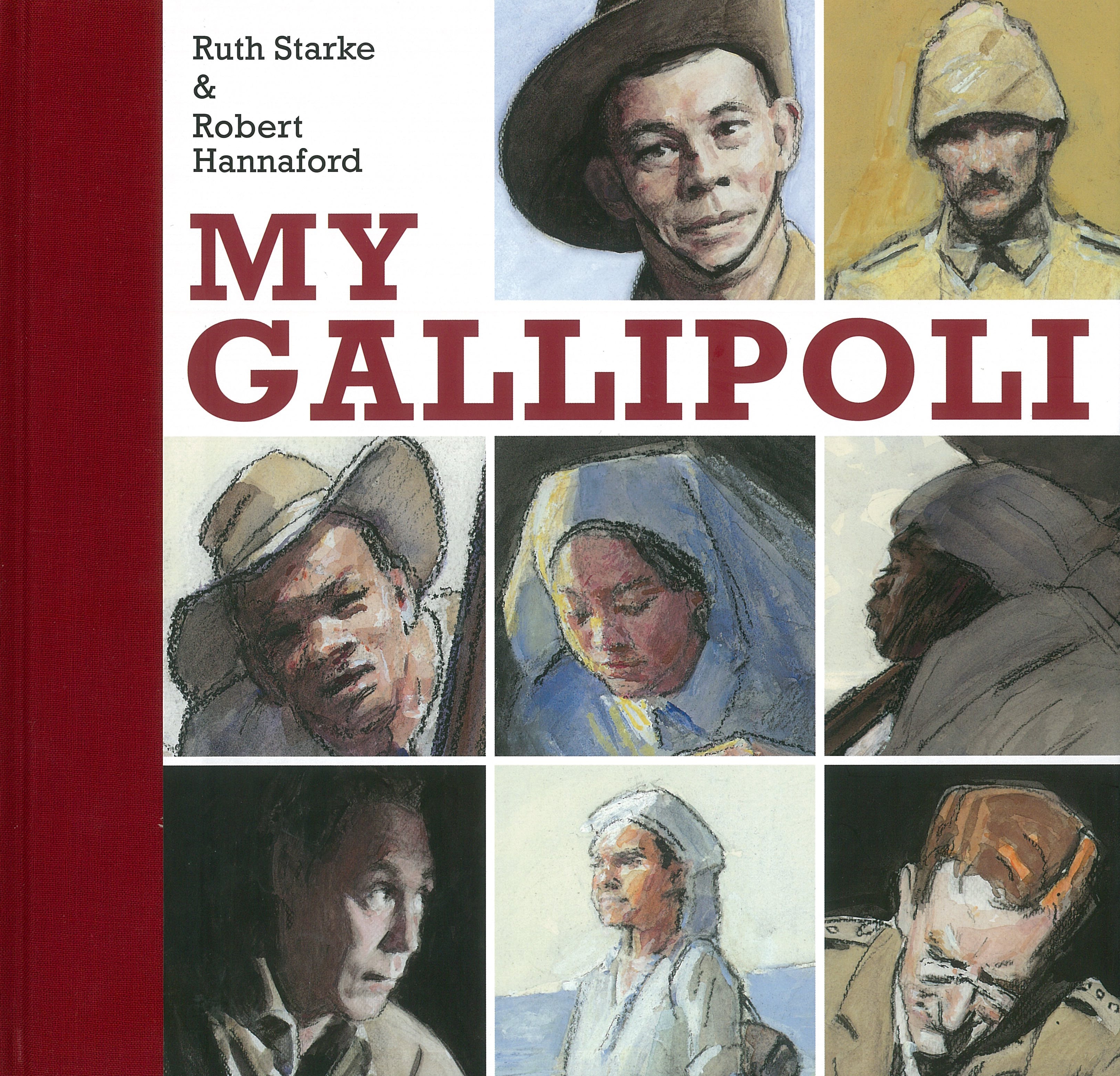A book for Anzac Day:
Lest we forget by Feana
Tu’akoi, illustrated by Elspeth Alix Batt (Scholastic, 2011)
32 pages
with pen and wash illustrations
Subjects:
World War Two, Vietnam, Anzac Day, dawn parade, family, picture books
(Year 2-5)

Synopsis
This story is unusual for a
picture book about war, in that it spends a lot of time focusing on women and
giving them a voice. Tyson doesn’t want to go along to the Anzac Day dawn parade because he thinks it’s all about
glorifying war. But after talking with his mother, Nana and Great-gran, he
starts to see another side of the story. On Anzac morning he gets up early
after all and goes to the dawn parade with his mother and Koro, who was wounded
in Vietnam, and together they recognise the importance of the day and remember
those who have died in war.
The te reo Māori
version was shortlisted in the SLANZA Te Kura Pounamu awards 2012 and the late
Katerina Mataira won the Te Rōpū Whakahau award Te Tohu Pounamu 2012 for her
translation.
There’s a family
tree at the beginning, which is useful to flip back to until you have the
family connections straight in your mind.
Reviews
Here's a review on the National Library Create readers site.
You can also listen
to the story on the RNZ Storytime treasure chest.
About the author
Feana
Tu’akoi has written many stories and article for the educational market, as
well as the What is a ///? non-fiction
series. She lives in Hamilton with her
Tongan husband and their children. You can read more about her
on the Book Council and Storylines sites.
Here’s an
interesting interview with her on Paula Green’s Poetry Box website:
“I wrote Lest We Forget very
quickly – in one sitting, in fact – although I did spend a lot of time editing
and re-editing, until I was happy with it. I didn’t need to do any research, as
it was a mixture of all the thoughts I’d ever had about ANZAC Day parades. The
understanding that Tyson comes to during afternoon tea is the understanding I
came to, after studying NZ history at university.”
There’s another
interview, talking about why she wrote this book, on the My best friends arebooks blog: "We
need to remember the past, so we can make better decisions in the future. I
think that the next generation is smart enough to do just that. And that’s why
I dedicated this book to my kids.”
About the illustrator
Elspeth Alix Batt has also done a lot of illustration work for the educational market,
especially the School Journal
Other books you might like:
Grandad’s medals by Tracy Duncan, illustrated by Bruce Potter, My
Grandad marches on Anzac Day by Catriona Hoy, Anzac Day parade
by Glenda Kane
Have you read it?
Have you
read this book? Let me know what you think!

